Announcing the 2020 updates to the MMP
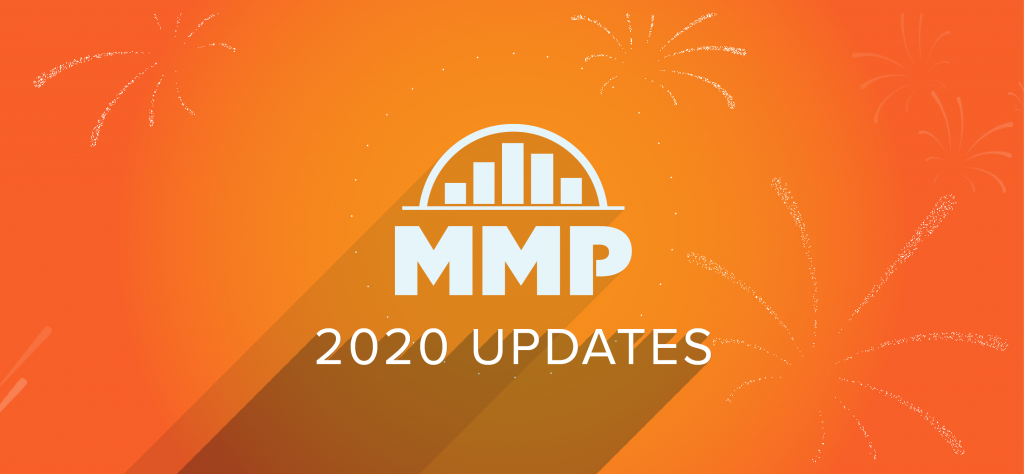

Happy New Year!
The Municipal Measurement Program (MMP) team is excited to announce the latest version of the MMP that launched on January 3rd, 2020.
We received tons of great feedback from participating municipalities, state government agencies, county & regional agencies, industry organizations, conference attendees, webinar participants, and more. After combining and categorizing the feedback, we identified opportunities to optimize data entry, highlighted recurring themes, and prioritized the most pressing issues. The results of our program and feedback analysis are summarized by the survey and report updates described below.
We look forward to another great year of standardized measurement in 2020!
ALL SURVEYS
Pre-populated data
Municipalities entering their second year of participation will be pleased to know that many of the fields in the new surveys have been pre-populated using last year’s data. As always, pre-populated fields can still be edited as needed but it should save second year participants time.
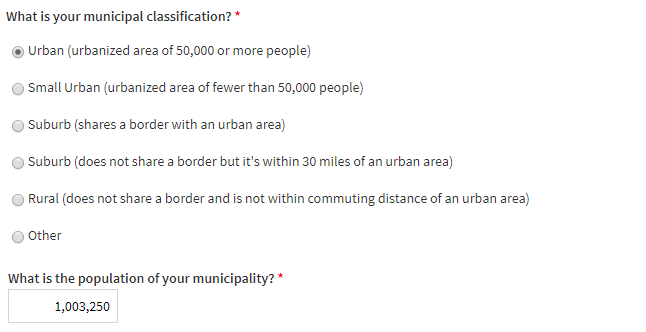
Combined Tonnage
Ideally, municipalities should be measuring tonnage for each of their programs separately. However, the MMP team recognizes that for some municipalities separated program tonnage isn’t always available so we introduced a way for municipalities to indicate which programs contain combined tonnage. This solution also allows municipalities to estimate the percentage each of their programs represents in the combined tonnage number.
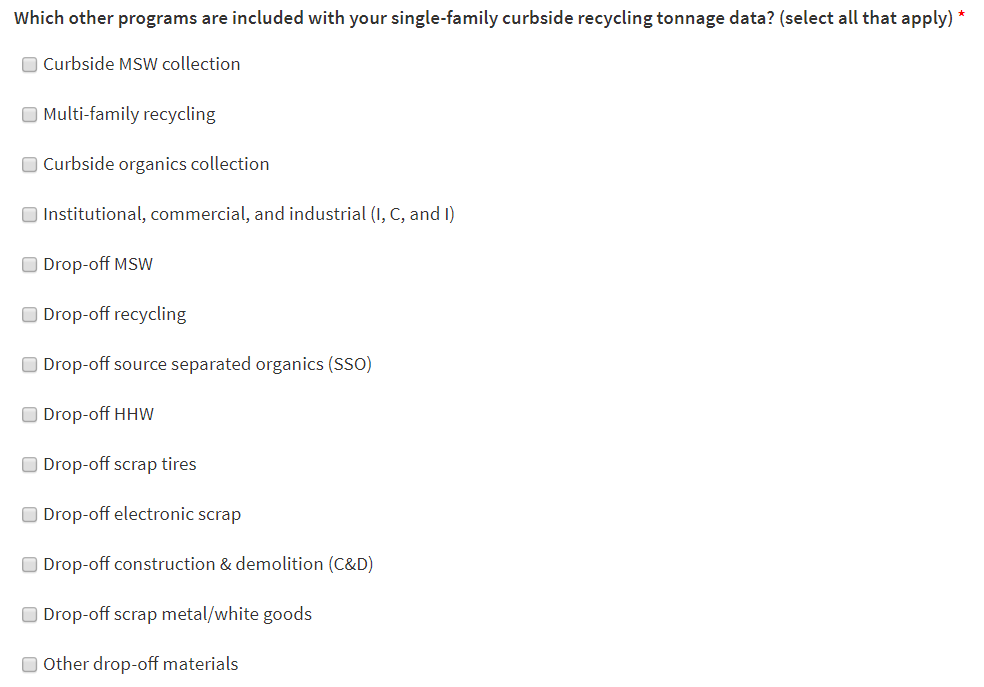
Simplified Plastics Categories
Aiming to simplify reporting, we reformatted questions about plastics that are accepted in curbside and drop-off recycling programs. With the help of More Recycling, we also introduced plastic category definitions and included examples.
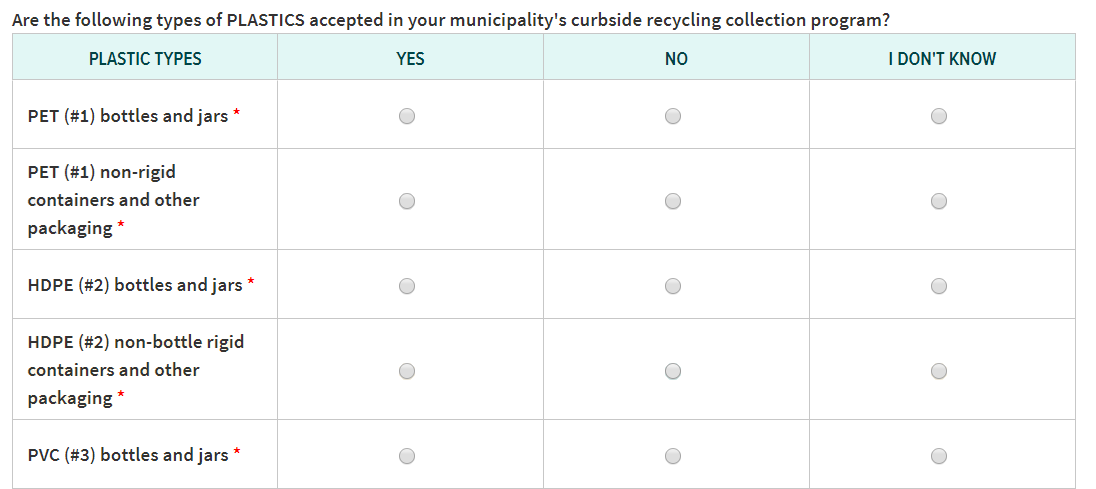
Expanded Organics Program Information
Working with BioCycle, we refined terminology and expanded the survey questions about curbside and drop-off organics collection.
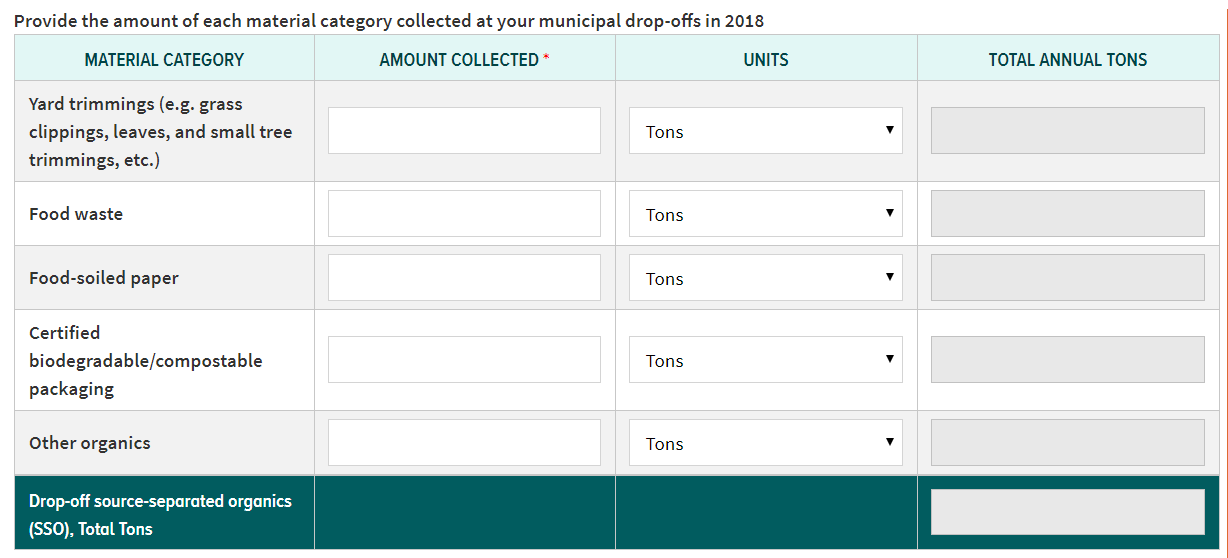
"ABOUT YOUR MUNICIPALITY" SURVEY
Curbside and Drop-off Questions Moved
In an effort to streamline reporting, two key questions have been moved to their respective surveys. The first, “Do residents in your municipality have access to any curbside collection services?” was moved to the “Residential Curbside Program Assessment” survey; and the other, “Does your municipality operate drop-off location(s) where residents can take materials?” has been moved to the “Residential Drop-off Program Assessment” survey.
Share Data With Industry Organizations
MMP participants can now choose to share their data with the following industry organizations: Solid Waste Association of North America (SWANA), Keep America Beautiful (KAB), and BioCycle.

"RESIDENTIAL CURBSIDE PROGRAM ASSESSMENT" SURVEY
Defining Single-Family & Multi-Family Households
While reviewing MMP surveys, we noticed that the single-family and multi-family definitions were often in disagreement. Typically, when a municipality defines a single-family household as “1 to 4 units”, the multi-family household definition ought to be “5 of more units”. Therefore, the options for single-family and multi-family definitions have been reformatted to reduce confusion and improve alignment between the definitions.

Collection Services: Public vs. Private
Questions about how services are provided to residents have been reformatted to be clear about who provides the service; services are either provided by the municipality or by a private or open market system.

Households Served By Program
One of the most common data entry errors in 2019 were the “households served by program” questions. It’s important to get these numbers right because they’re used to measure the pounds per household metric used in two of the analytical reports.
In an effort to help municipalities answer this question accurately, the total number of single-family (or multi-family) households as entered on page 1 of the survey has been added to each of these questions for easy reference. If a subset of single-family households is served by the curbside recycling program, participants should choose “Other” and provide the correct number of households served by answering the proceeding question “Please specify how many single-family households are served by your curbside recycling program”.
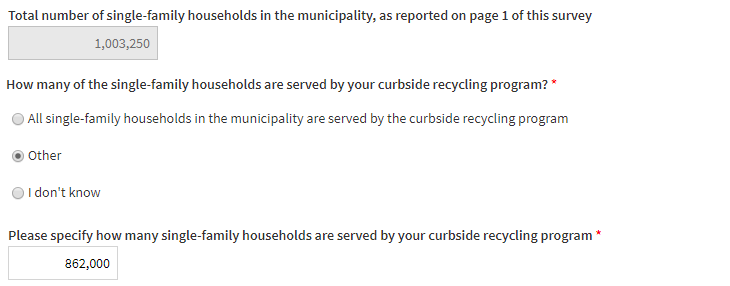
Service Providers
Municipalities can now provide information about each of their curbside service providers, including service type, subscription model, rate fee, and collection frequency.
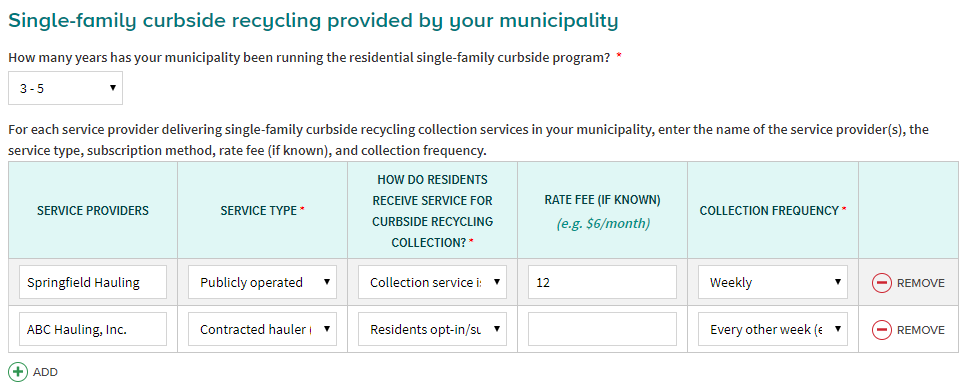
"RESIDENTIAL DROP-OFF PROGRAM ASSESSMENT" SURVEY
Expanded Tonnage Collection
Municipalities can now provide tonnage information for the following drop-off material categories:
-
- Source Separated Organics (SSO)
- Household Hazardous Waste (HHW)
- Scrap Tires
- Electronic Waste
- Construction & Demolition (C&D)
- Scrap Metal / White Goods
Thank You
Improvements to the program, surveys, and reports wouldn't be possible without the industry's commitment to standardization, the active participation from all levels of government, and the ever-growing community of measurement-minded leaders and organizations across the United States.
The MMP team thanks you!
What Is The Municipal Measurement Program (MMP)?
The Municipal Measurement Program (MMP) is a free Program Assessment and Planning Tool that delivers insights and actionable recommendations to municipal waste management agencies.
It also provides state, county, and regional government agencies with a solution to connect with data submitted by municipalities in their respective jurisdictions via the Government Data Management Plan.
The MMP is delivered by The Recycling Partnership and Re-TRAC Connect to provide municipalities with a robust and accessible materials management program analysis and planning tool. It was also designed, with industry assistance, to standardize terminology and harmonize methodologies in support of consistent measurement across the U.S. and Canada.